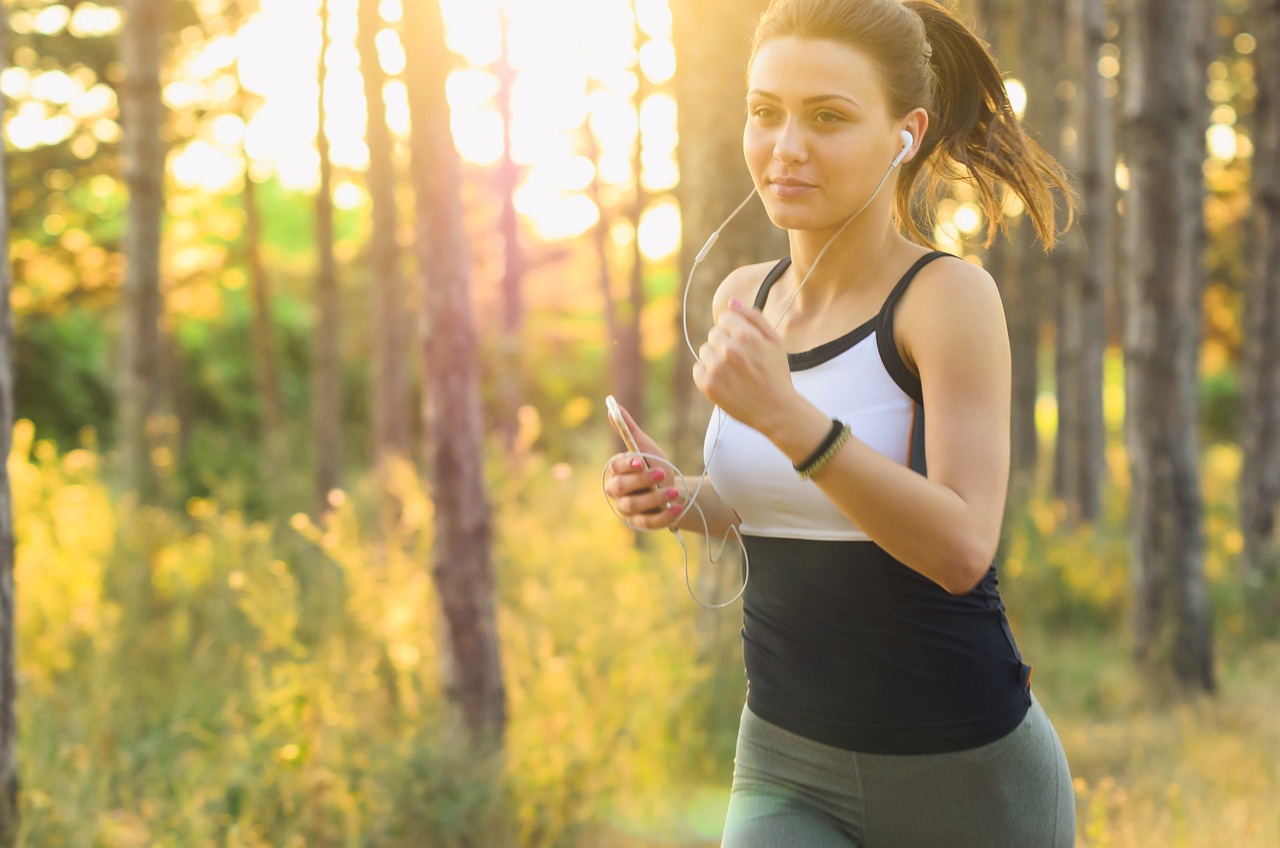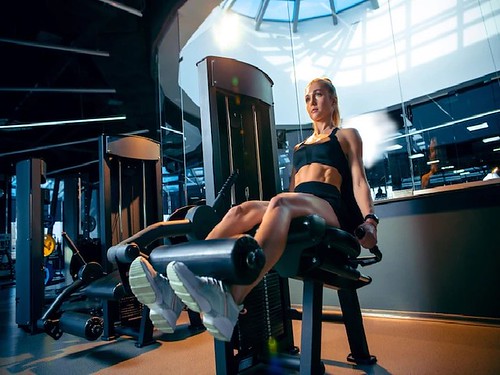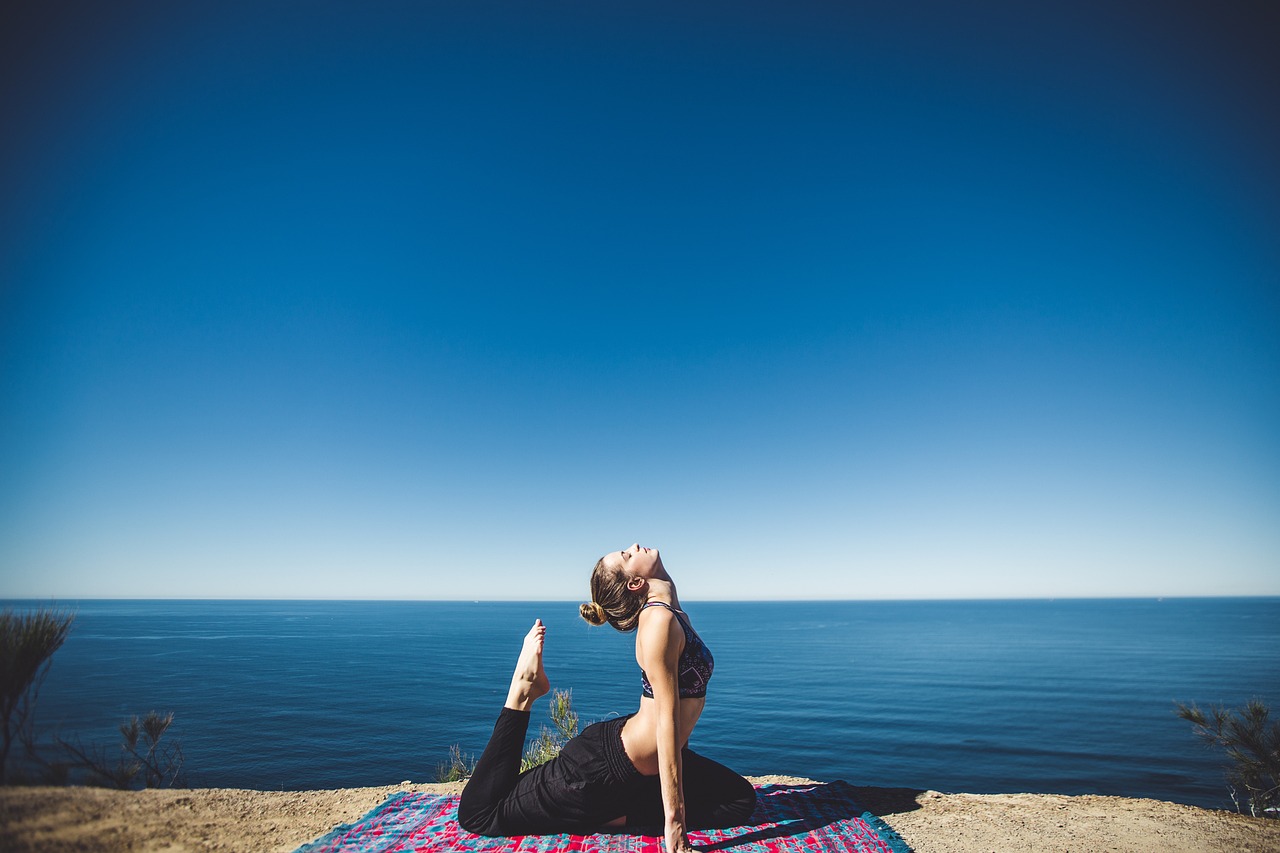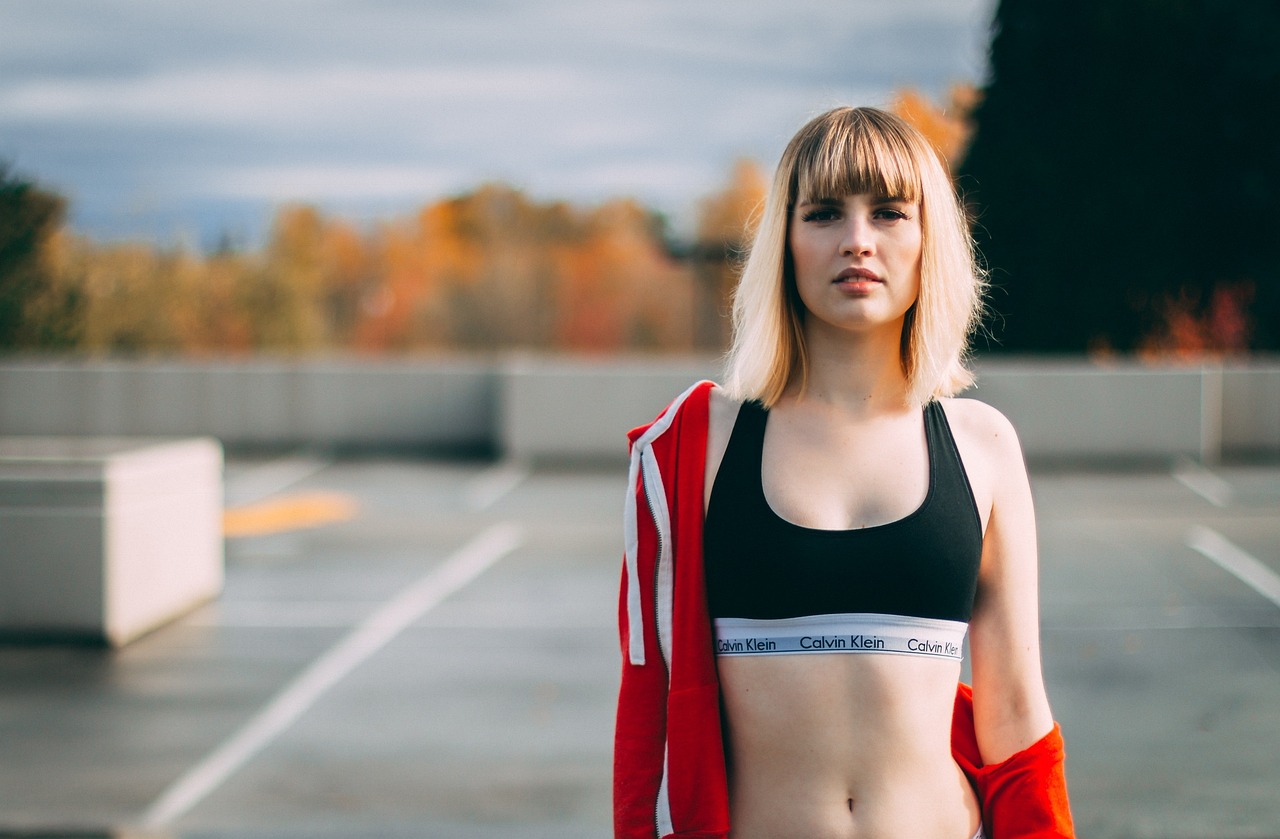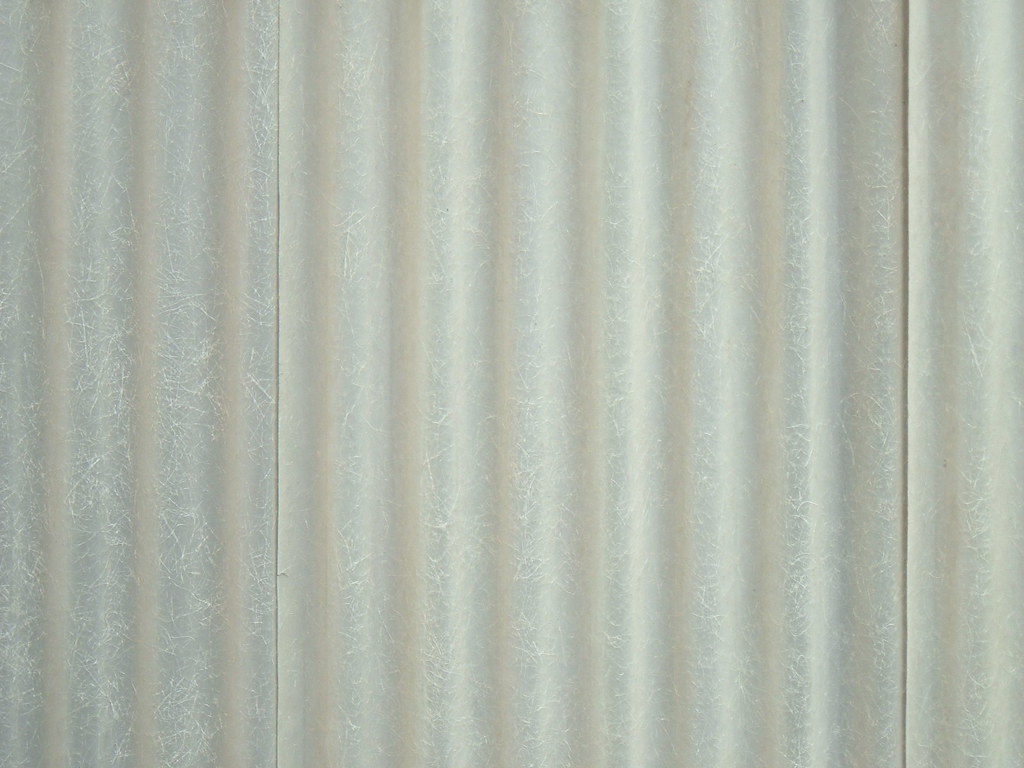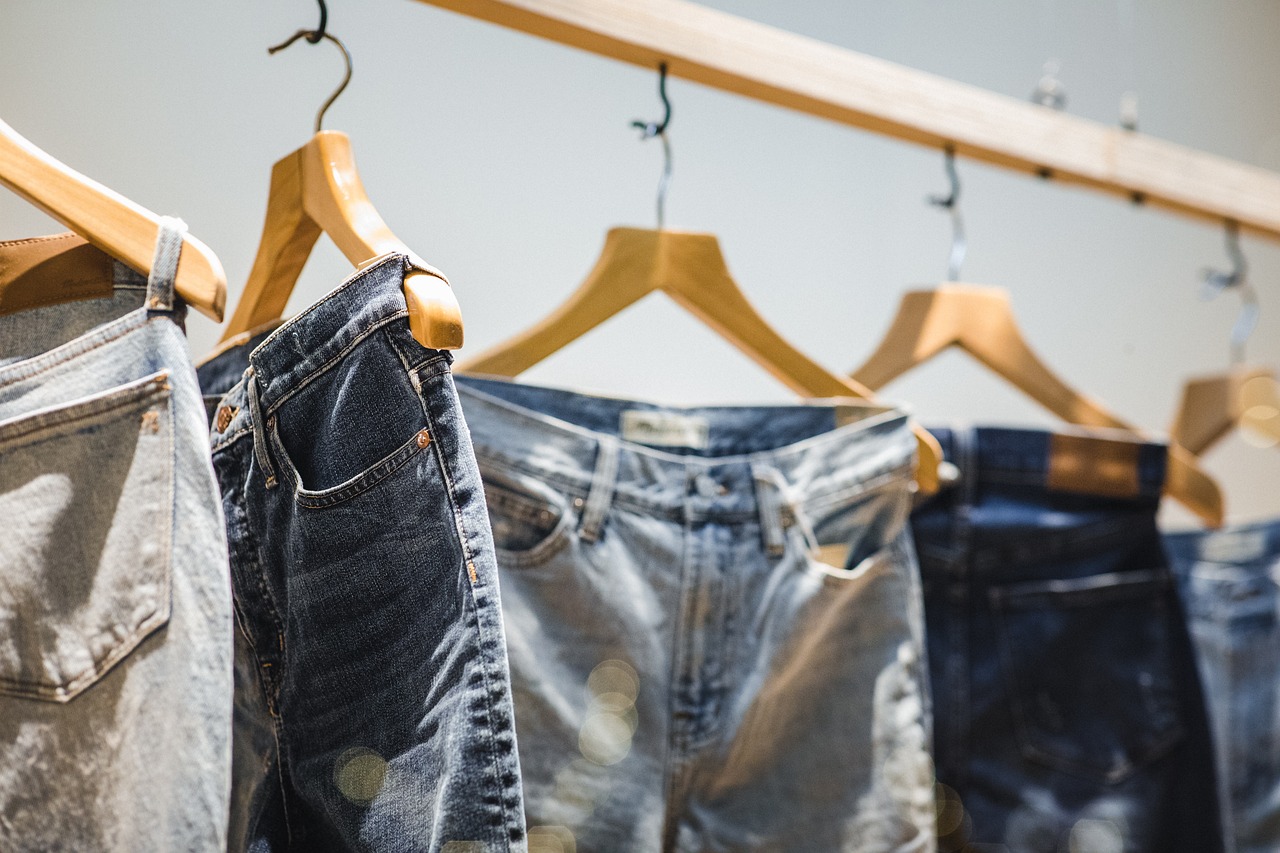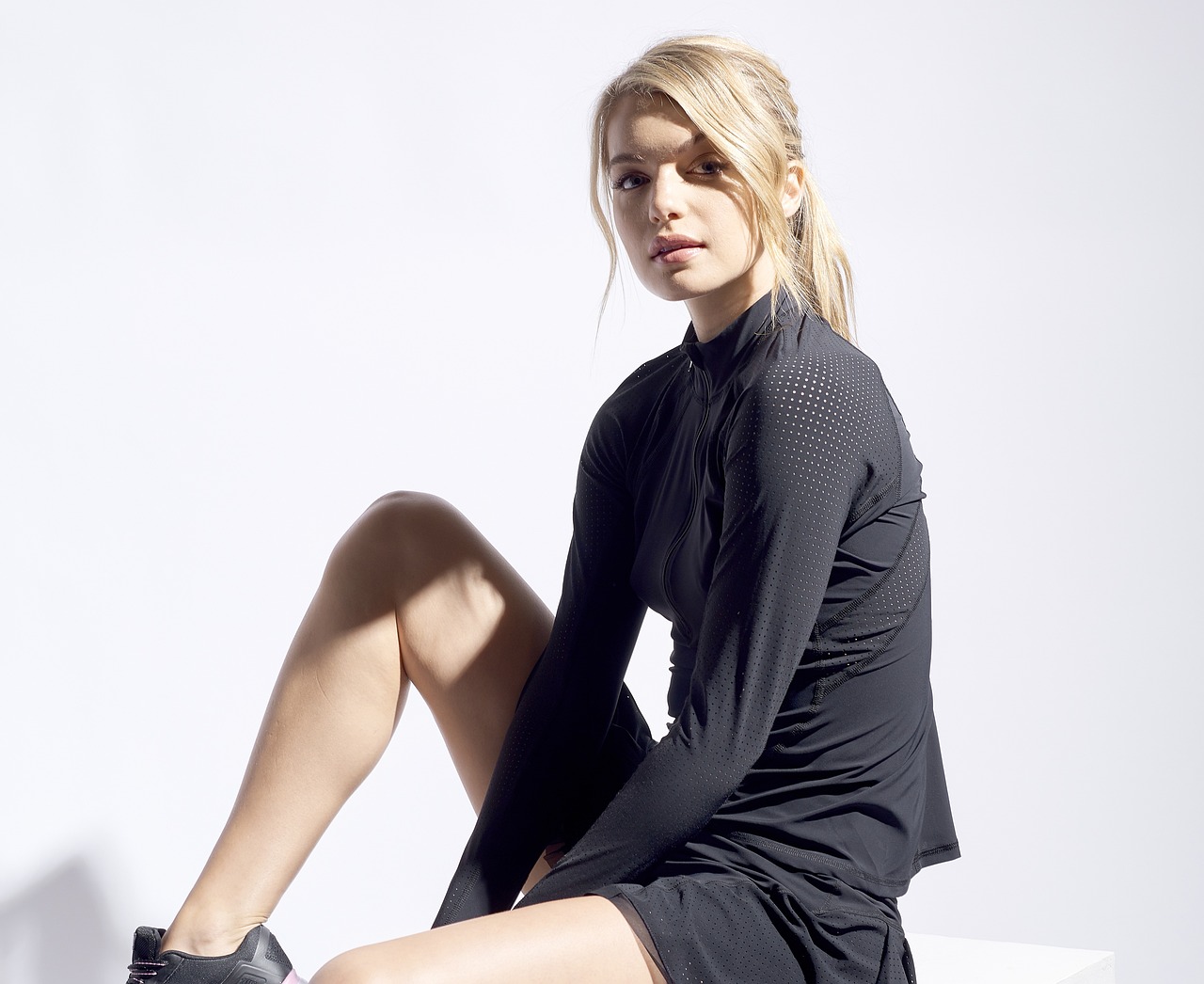For fitness enthusiasts, exercising outdoors can be an invigorating experience—fresh air, changing scenery, and an extra dose of sunshine can do wonders for both the mind and body. However, unpredictable weather conditions can make outdoor workouts a little tricky, especially when temperatures fluctuate throughout the day. Layering your fitness apparel properly is key to staying comfortable, warm, and ready to take on whatever nature throws your way. Whether you’re heading out for a morning run or an afternoon hike, knowing how to layer your clothing can make all the difference. In this guide, we’ll break down how to layer your fitness apparel effectively for outdoor workouts, ensuring you stay comfortable and protected.
1. Start with a Moisture-Wicking Base Layer
The first and most important layer of your outdoor workout ensemble is the base layer. This layer sits closest to your skin and is responsible for wicking away moisture—whether it’s sweat from your body or dampness from the environment. Moisture-wicking base layers help regulate your temperature and prevent your skin from feeling cold and clammy during your workout.
When choosing a base layer, look for materials like polyester, merino wool, or synthetic blends that draw moisture away from the skin and dry quickly. Lightweight, long-sleeve shirts or fitted tanks made from these materials work well as base layers. Merino wool, in particular, is ideal for its natural odor-resistant and insulating properties, making it perfect for cold-weather workouts. Synthetic materials are great for high-intensity activities since they dry quickly and keep you cool.
Avoid cotton at all costs for your base layer, as it tends to absorb moisture and retain it, which can leave you feeling cold and uncomfortable. A good base layer sets the foundation for the rest of your outfit and ensures that you stay dry and comfortable throughout your workout.
2. Add an Insulating Mid-Layer
Once you’ve chosen your base layer, it’s time to think about warmth—especially if you’re working out in chilly conditions. The mid-layer serves as your insulating layer, trapping warmth close to your body to keep you comfortable without overheating. Depending on the intensity of your workout and the outdoor temperature, the mid-layer can vary in thickness and material.
For colder weather, opt for a fleece or lightweight down jacket that provides warmth without adding too much bulk. Fleece is a popular choice because it’s lightweight, breathable, and provides excellent warmth for its weight. Another great option is a synthetic insulated jacket, which can retain warmth even if it becomes slightly wet—perfect for misty or drizzly conditions.
For moderate temperatures, a mid-weight long-sleeve top or a zip-up jacket may be enough. Look for materials that provide warmth while remaining breathable, such as a blend of polyester and spandex. Keep in mind that the mid-layer should be easy to take off or adjust in case you start feeling too warm during your workout. Half-zip tops and zippered jackets offer versatility by allowing you to control your temperature based on the intensity of your activity.
3. Top It Off with a Weather-Resistant Outer Layer
The outer layer, also known as the shell layer, is your shield against the elements. This layer is meant to protect you from wind, rain, or snow without restricting your movement or compromising your comfort. A good outer layer is essential for outdoor workouts, especially when conditions are unpredictable or when you’re heading into windy or rainy areas.
When selecting an outer layer, choose a lightweight, breathable jacket that offers protection from wind and moisture. Many fitness enthusiasts prefer a windbreaker or a softshell jacket for their workouts, as these jackets provide the necessary protection without adding unnecessary weight. If you’re working out in wet conditions, look for a waterproof or water-resistant jacket with taped seams to keep rain from seeping in.
Breathability is crucial for the outer layer, as you don’t want to trap sweat underneath. Many high-quality workout jackets are designed with vents or breathable panels to allow heat to escape while keeping wind and rain out. If you know you’ll be in particularly cold or wet conditions, consider a three-layer system, where your outer shell is highly waterproof and offers extra protection against severe weather.
4. Don’t Forget Accessories for Comfort
Accessories play an important role in making sure your outdoor workout is comfortable, no matter the conditions. Depending on the weather, you’ll need to consider hats, gloves, and other extras to keep you comfortable and protected.
- Hats and Headbands: Keeping your head and ears warm is essential in cold weather. Opt for a lightweight beanie or a fleece headband that covers your ears without causing you to overheat. In sunnier conditions, a cap or a visor can help shield your eyes from the sun and keep sweat out of your face.
- Gloves: Cold hands can make your workout uncomfortable, especially when jogging, biking, or using outdoor gym equipment. Choose moisture-wicking gloves that are lightweight but warm, allowing for dexterity without excessive bulk. For extremely cold conditions, consider gloves with touchscreen compatibility, so you can still access your phone without removing them.
- Neck Gaiters and Scarves: A neck gaiter is an ideal accessory for protecting your neck and face from the cold wind. It can also be pulled up to cover your nose and mouth when temperatures drop, preventing cold air from irritating your lungs during heavy breathing.
5. Layering Bottoms for Lower Body Warmth
Layering isn’t just for your upper body—keeping your legs comfortable is just as important. Depending on the temperature, you may need one or two layers on your lower half. For chilly conditions, start with a base layer of moisture-wicking leggings or tights, made from synthetic or wool-blend materials to help regulate temperature and wick sweat away from the skin.
If additional insulation is needed, you can layer a pair of lightweight joggers or thermal running pants over your base layer. Look for options that have a stretchy waistband and offer flexibility, allowing for a full range of motion. For especially cold and windy conditions, consider pants that have wind-resistant panels to protect your legs from the chill while keeping you comfortable as you move.
During milder conditions, a single layer of leggings or fitted joggers may be enough to keep your legs comfortable. Ensure that whatever you choose allows for good ventilation and doesn’t restrict your movement. It’s important to find a balance between warmth and freedom of movement, particularly when you’re engaging in high-intensity activities like running or circuit training.
6. Footwear and Socks for Changing Conditions
Your feet also need proper consideration when it comes to layering for outdoor workouts. Wearing the right shoes and socks can make a big difference in maintaining comfort and avoiding issues like blisters or cold feet. Start by choosing moisture-wicking socks, ideally made from synthetic materials or merino wool, which will help keep your feet dry and prevent blisters.
For footwear, choose shoes that are appropriate for the surface you’ll be exercising on. Trail running shoes are ideal for hiking or running on uneven terrain, as they provide added grip and stability. If you’re running on wet or muddy surfaces, look for shoes that offer water resistance to keep your feet dry. Remember that your shoes should fit well with your socks to prevent chafing or discomfort.
7. Adapt Your Layers to the Activity and Weather
The best layering strategy depends on the type of workout you’re doing and the specific weather conditions. High-intensity workouts generate more body heat, which means you may need fewer layers or lighter materials to stay comfortable. Conversely, low-intensity workouts or outdoor activities that involve more standing or walking may require additional layers to stay warm.
It’s also important to consider how quickly the weather might change during your workout. Early morning and evening workouts can mean rapid changes in temperature, so opt for layers that are easy to remove or adjust as needed. Zippered jackets, adjustable drawstrings, and easily packable outer layers are all helpful features when adapting to shifting weather conditions.
8. Tips for Staying Comfortable and Safe
- Avoid Overdressing: The key to layering is to find a balance between staying warm and avoiding overheating. Overdressing can lead to excessive sweating, which can make you feel colder once you start to cool down. A good rule of thumb is to dress as though it’s 10-15 degrees warmer than it actually is—your body will warm up as you start moving.
- Check the Weather: Always check the forecast before heading out. Pay attention to temperature, wind chill, and the chance of rain or snow. This will help you plan your layers accordingly and ensure that you’re prepared for any changes in the weather.
- Opt for Bright Colors: If you’re working out during early mornings or evenings, it’s crucial to stay visible. Choose clothing with reflective strips or bright colors to make sure you’re seen by drivers and other outdoor users. Safety is always a priority, especially when visibility is low.
By mastering the art of layering, you can enjoy outdoor workouts comfortably throughout the year—whether you’re running, hiking, or cycling in various weather conditions. Layering your fitness apparel ensures you stay warm, dry, and ready to tackle whatever nature has in store, giving you the confidence to focus on your performance rather than the discomfort of unpredictable weather.


